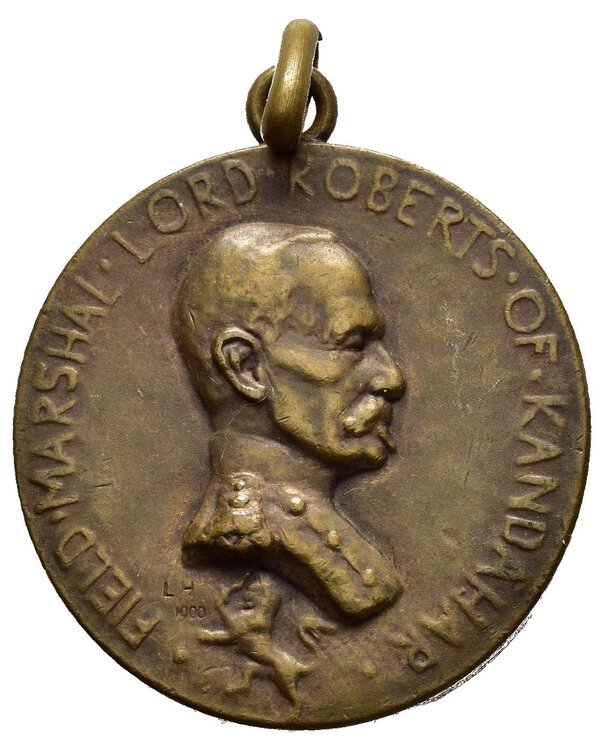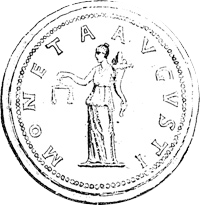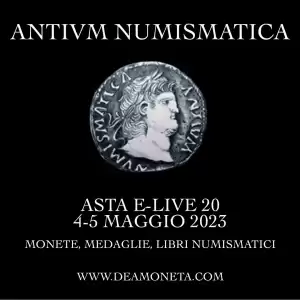

MEDAGLIE ESTERE – REGNO UNITO – REGINA VITTORIA (1837-1901) – LORD ROBERTS OF KANDAHAR - GUERRA BOERA, medaglia con appiccagnolo al dritto busto in uniforme a capo scoperto di Lord Roberts rivolto a destra con un piccolo leone rampante sotto. Firmato, a sinistra del leone, incuso: “LH / 1900” FIELD MARSHAL LORD ROBERTS OF KANDAHAR al rovescio: un angelo seduto, con le ali spiegate, tiene un bersaglio di fucile nella mano destra e indica il bersaglio con la sinistra. In esergo: “. SOCIETY . OF . MINIATVRE. / . RIFLE. CLVBS.”. Questo è un premio assegnato ai cittadini britannici in riconoscimento del raggiungimento di uno standard minimo di tiro. Durante la guerra contro i Boeri vi erano esempi di scarsa abilità di tiro e fucili difettosi (fucili richiamati a causa di mirini difettosi). I boeri spesso non venivano visti durante il combattimento a causa della loro eccellente abilità nel tiro, superando chiunque a distanza. Prima di servire come comandante in capo delle forze britanniche durante la guerra boera, Lord Roberts aveva prestato servizio con distinzione nell'esercito indiano, diventandone infine il comandante in capo. È stato insignito della Victoria Cross per il coraggio ripetuto al tempo dell'ammutinamento indiano. La sua sconfitta dei ribelli afgani, durante la sua marcia dalla capitale Kabul, per soccorrere la città assediata di Kandahar, ripulì l’onore dalle precedenti sconfitte britanniche e portò la pace nella regione della frontiera nord-occidentale dell'India britannica. Durante la guerra in Sud Africa divenne evidente a Lord Roberts che le sue truppe britanniche, in particolare i reggimenti volontari, erano molto meno precisi con i loro fucili rispetto ai boeri per i quali il fucile aveva fatto parte della vita quotidiana fin dall'infanzia. Al suo ritorno in Gran Bretagna nel 1900, Lord Roberts fu determinante nella promozione dei club di fucilieri con l'obiettivo di incoraggiare le capacità di tiro in modo che il popolo britannico fosse meglio preparato in caso di un'altra guerra. La Society of Miniature Rifle Club fu costituita nel 1901 e nel 1903 c'erano circa 300 club affiliati in tutto il paese. I fucili militari come il Lee Enfield avevano un calibro di .303 mm, ma questi club usavano fucili da .22 mm di piccolo calibro che erano più economici, usavano munizioni meno costose e necessitavano di un raggio di tiro di massimo 100 iarde. This is an award given to British citizens in recognition of achieving a minimum shooting standard. The Brirtsh campaign was full of examples of poor marksmanship and faulty rifles (recalled rifles due to faulty sights). The Boers were often not seen during combat as a result of their excellent marksmanship - outshooting anyone on distance.
Before serving as the Commander-in-Chief of the British Forces during the Boer War, Lord Roberts had served with distinction in the Indian Army, eventually becoming its Commander-in-Chief. He was awarded the Victoria Cross for repeated bravery at the time of the Indian Mutiny. His defeat of the Afghan rebels, during his march from the capital, Kabul, to relieve the besieged city of Kandahar, cleaned the slate of previous British defeats and brought peace to the North-West Frontier region of British India.
During the South African War it became apparent to Lord Roberts that his British Troops, particularly the Volunteer Regiments, were far less accurate shots with their rifles than the Boers for whom the rifle had been a part of everyday life from boyhood.
On his return to Britain in 1900, Lord Roberts was instrumental in promoting rifle clubs with the aim of encouraging marksmanship skills so that the British people would be better prepared in the event of another war. The Society of Miniature Rifle clubs was formed in 1901, and by 1903 there were some 300 affiliated clubs throughout the country. Military rifles like the Lee Enfield had a caliber of .303mm, but these clubs used small-bore .22mm rifles which were cheaper, used less expensive ammunition, and needed a shooting range of at most 100 yards.
Medaglia in Bronzo (AE) (ø 30mm), peso 13.4 gr. Conservazione BB,


